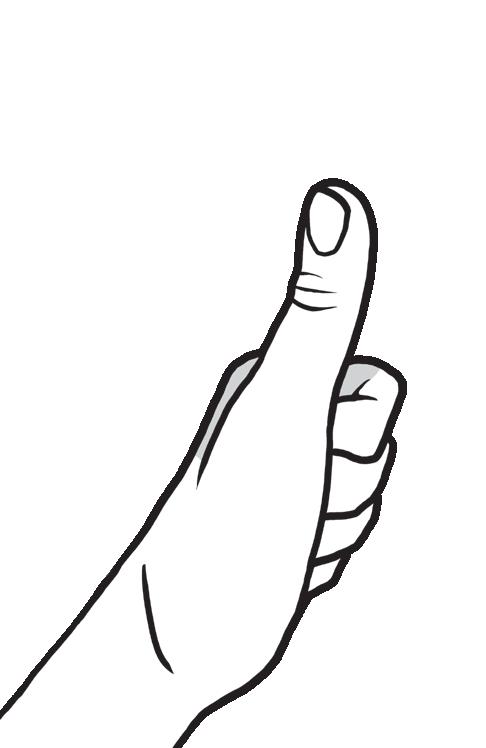
2 minute read
Bears Emerge
Black Bears Emerge at a Sensitive Time
Bears struggle in the search for the first new foods of the season, despite the trend of warmer, earlier springs
Spring is a time of awakening in the Smokies. The earliest ephemeral wildflowers begin to break through a soggy carpet of leaf litter. Bright new blooms fill the branches of red maples, serviceberries, and redbuds. Insects, bats, and songbirds follow soon after, and with them emerges the black bear—hungry after weathering a long winter of dormancy.
“The first weeks out of the den are the hardest,” said NPS Supervisory Wildlife Biologist Bill Stiver. “It’s too early in the year for most of the bears’ favorite foods like berries and acorns to be available, so the bears just eat whatever they can find. That might be grasses, seeds, tree buds, roots, or flowers.”
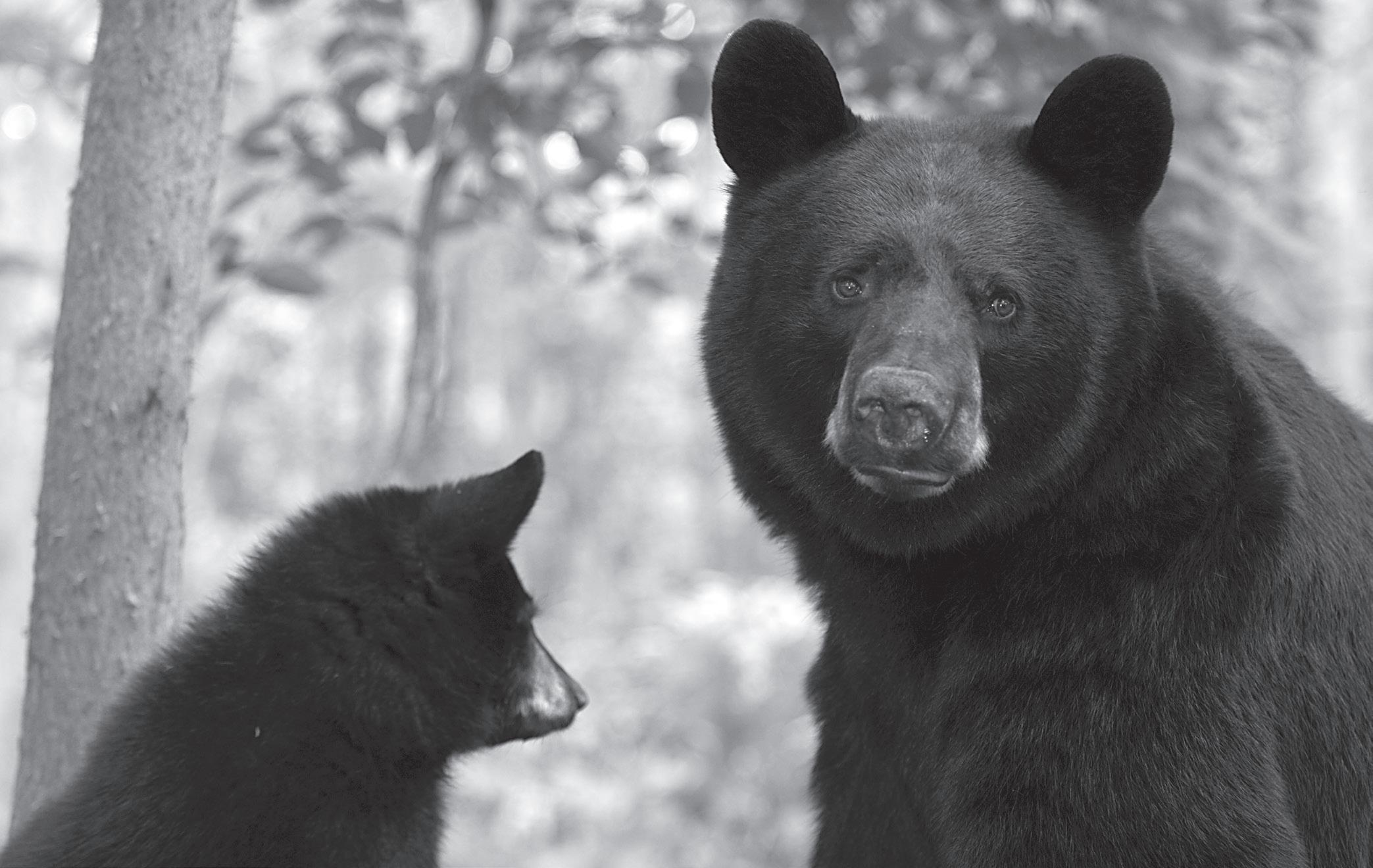
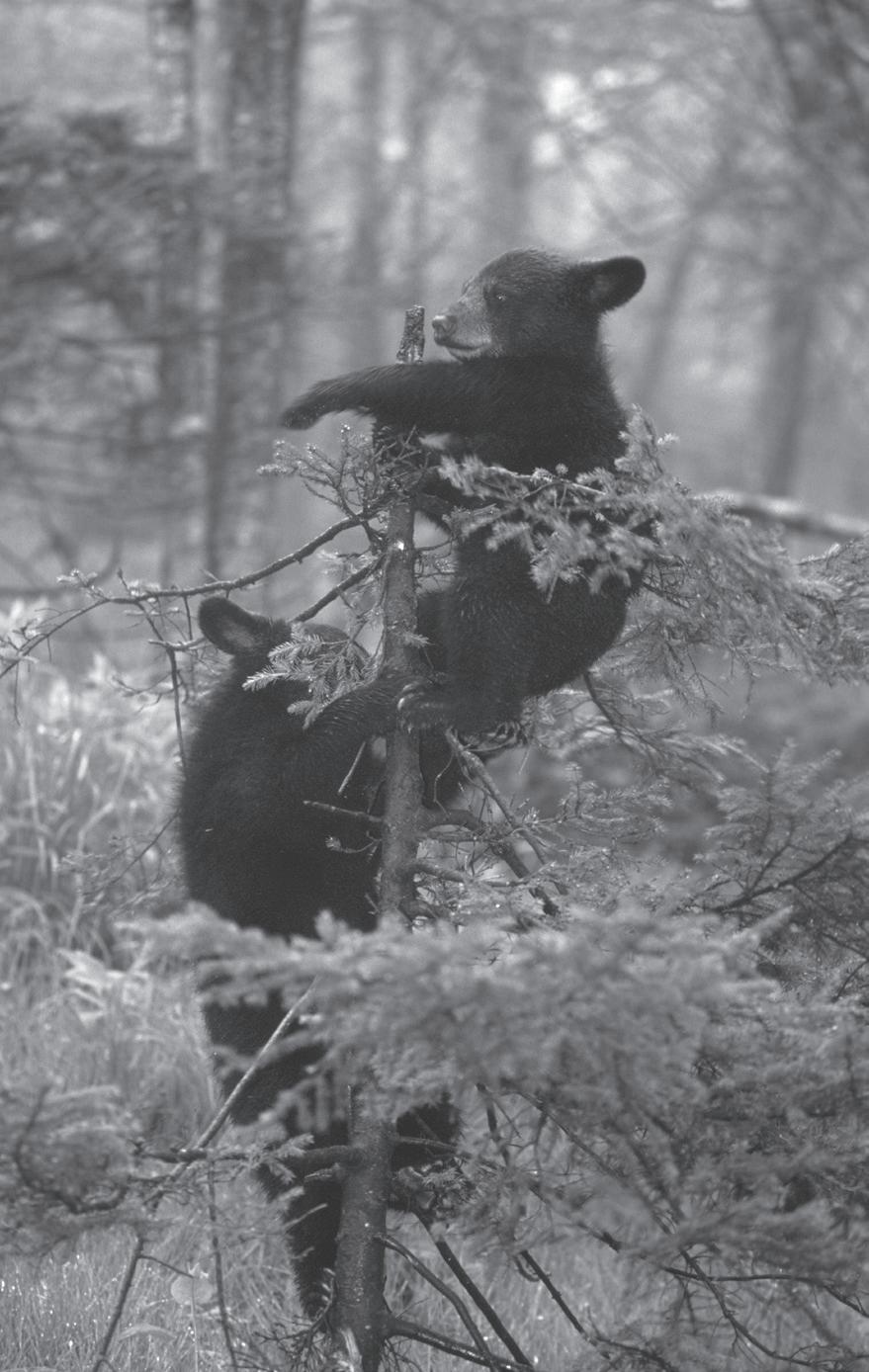
Photos by Bill Lea
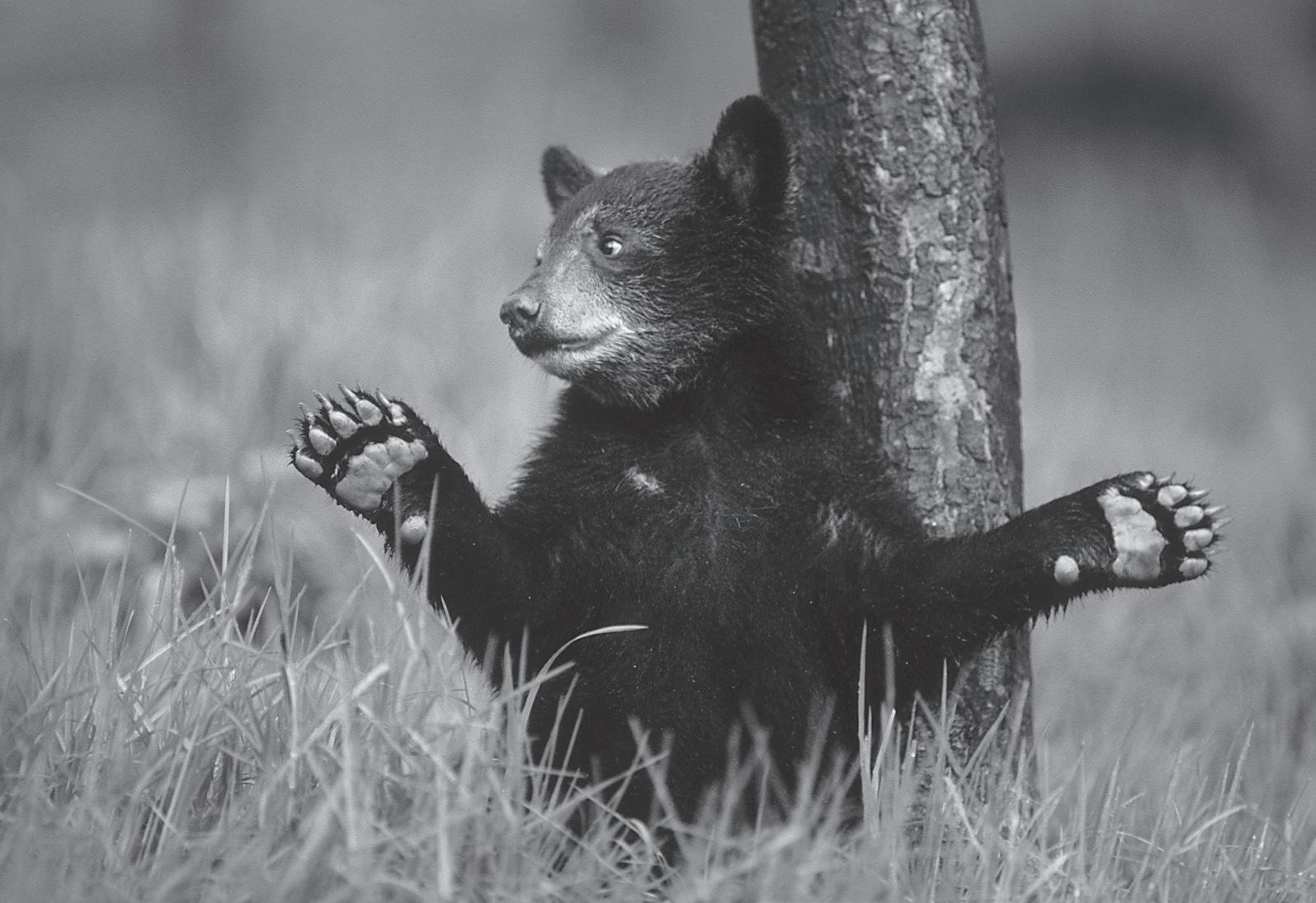
Ways you can help reduce the potential for human–bear conflict and make sure the park is a safe place for people and bears too:
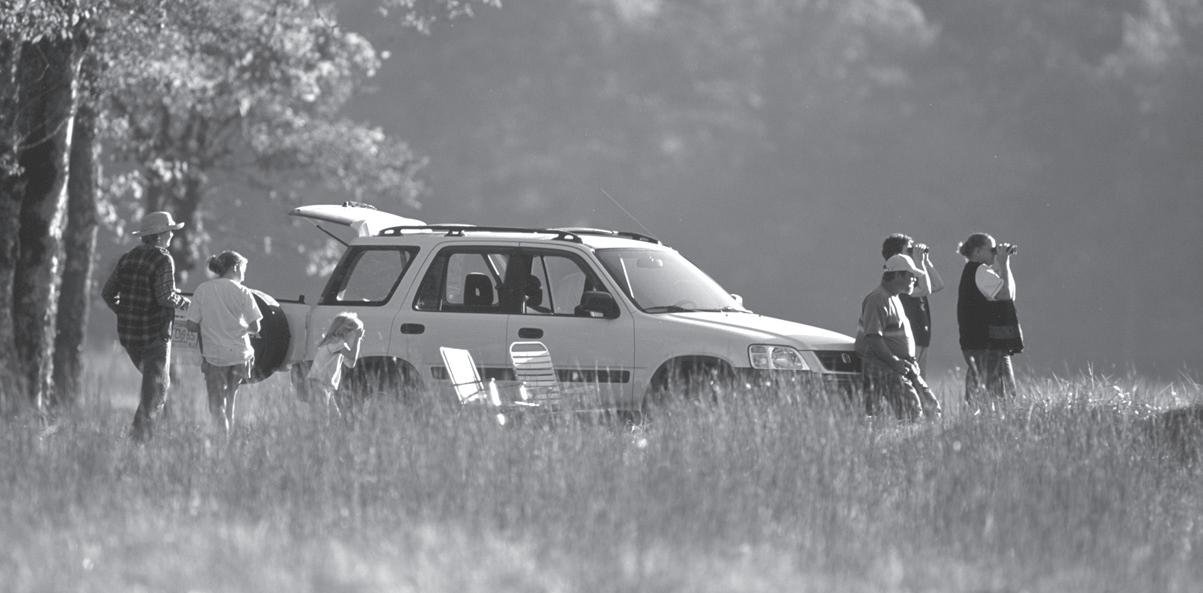
Although springs have been trending warmer and arriving significantly earlier in recent years, the desperate need to find the first new foods of the season remains a serious one for black bears. “Female black bears give birth to an average of one to four cubs every two years, and cubs generally emerge in late March or early April,” said Stiver. “Brand new cubs born in February can be tiny, weighing just a few pounds when they leave the den.”
After burning their precious fat reserves over the winter, along with the added energy expenses that come with bearing young, female black bears have good reason to be hungry, and many may be actively foraging along roads and trails in the park.
In some instances, bear cubs may appear to be abandoned, but visitors should still keep their distance—for the bears’ sake and their own. “Though some people may find it alarming, mother bears often leave their cubs to go forage,” Stiver said. “Mom is eating for herself and the cubs. Her offspring are likely to continue nursing through their first year.”
• Maintain a minimum 50-yard distance from all black bears and elk in the park. • Do not feed a bear or any wild animal in the park. Doing so is a federal offense. • Practice Leave No Trace principles by packing out any food or waste brought into the park. • If a bear approaches you or your party, do not run—back away slowly and make plenty of noise.
RU L E O F TH U M B FOR WILDLIFE VIEWING
When viewing wildlife, hold your arm out straight and, if you can’t cover the animal in your line of sight with your thumb, you’re too close!
